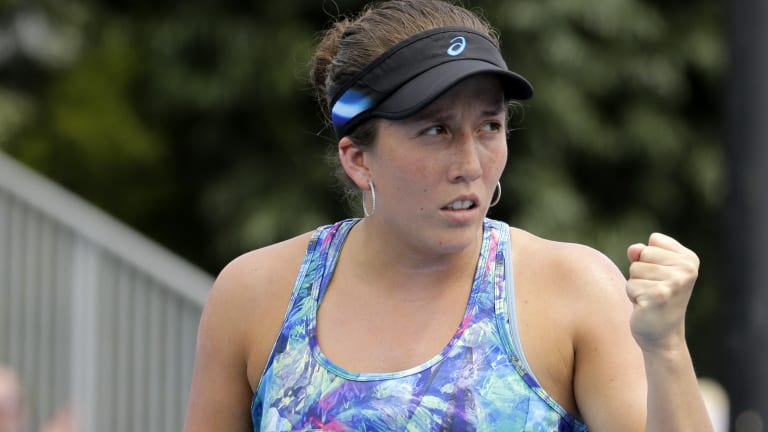Every year we find a new reason to doubt Serena Williams.
At the start of 2016, many of us wondered if her devastating defeat to Roberta Vinci at the U.S. Open the previous fall would finally shake her commitment to the sport as she reached her mid-30s. She answered those doubts right away at the Australian Open, where she looked as sharp as ever on her way to reaching the final. Six months later, Serena won her 22nd Grand Slam singles title at Wimbledon. She didn’t, as she has said this week, have a great season by her standards, but how many players have ever finished No. 2 while playing just seven events?
Twelve months later, the doubts about Serena surround her recent announcement that she’s engaged. Surely this was a sign that she’s ready to look past her career on court. Surely this would leave her more distracted during the fortnight in Melbourne. The early evidence lent support to this conclusion: Serena was awful in her first match of 2017, a three-set loss to 69th-ranked Madison Brengle in Auckland. When the draw was made in Melbourne and Serena was paired against former (and future) Top Tenner Belinda Bencic, many of us wondered again if she was ready for that early challenge.
Again, Serena wasted no time answering the doubters. First, she told us that she “didn’t come here to lose in the round or the second round, or at all.” Obviously Bencic, who beat Serena a year and a half ago, had her attention. On Tuesday, Serena proved to be as good as her word, when she beat Bencic in mostly convincing fashion, 6-4, 6-3, in 79 minutes.
“I think it was pretty good,” Serena said afterward, in her customary, I-can-always-do-better fashion. “I mean, she’s a really good player. So I think I was able to start out well.”
